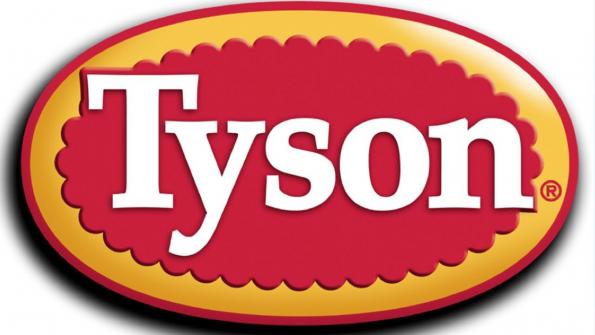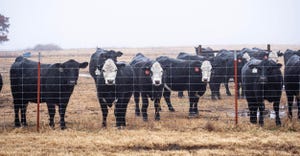FSIS looks to modernize beef slaughter inspections
Tyson seeks HIMP waiver at its Holcomb, Kan., facility.

The U.S. Department of Agriculture's Food Safety & Inspection Service (FSIS) continues to look for ways to improve inspection methods and utilize the best science available. As such, it is evaluating a waiver request from a beef slaughter establishment to participate in a study evaluating the slaughter inspection based on hazard analysis and critical control point (HACCP) systems.
A spokesman for FSIS noted, “FSIS decides whether to grant requests for waivers based on proposals and documentation submitted by establishments to demonstrate that the proposal does not adversely affect the safety of the product, jeopardize the safety of FSIS personnel, interfere with inspection procedures and that issuing the waiver will not conflict with the provisions of the Federal Meat Inspection Act or other regulatory requirements.”
Food & Water Watch reported that it had obtained documents via the Freedom of Information Act confirm that FSIS is considering a waiver from Tyson Foods.
In 1998, the agency launched the HACCP-based Inspection Models Project (HIMP), a pilot program in two dozen poultry plants and five hog slaughter plants. In those pilot plants, the number of FSIS inspectors is reduced, and their jobs are performed by company employees.
In a letter addressed to USDA/FSIS, Tyson noted that cattle slaughter establishments have not operated, and are not currently operating, under HIMP to study and determine whether applying new slaughter inspection procedures, along with increasing plant responsibilities, could promote innovation and provide at least the same food safety and consumer protection.
Tyson requested that it receive a regulatory wavier so its team members could take over postmortem, pre-sortation activities, including identification and trimming of isolated defects and identification of conditions that would require additional disposition by the public health veterinarian.
“The Tyson plant in Holcomb, Kan., is approved to operate at the current maximum line speed allowable: 390 head per hour. FSIS management has had difficulty meeting its inspection staffing requirements in the past in western Kansas, which has contributed to beef slaughter plants not being able to maintain maximum line speeds. Tyson’s solution seems to be to get rid of the government inspectors,” Food & Water Watch said.
An FSIS spokesman added that FSIS leadership has been very public about intentions to modernize all components of inspection. The agency mentioned beef modernization at numerous food safety and stakeholder conferences and even held two roundtable meetings in May 2018 to gather feedback and ideas on how the agency could modernization its approach to inspecting beef. FSIS administrator Carmen Rottenberg has been quoted multiple times over the past year discussing the subject of beef modernization.
“It is important to note that FSIS has been very clear in our intentions to modernization how we inspect,” the FSIS spokesman said.
Over the last seven years, FSIS has proposed and finalized changes to modernize its processes for poultry inspections, with a proposal in 2012 and the finalized regulations following in 2015. In addition, in January 2018, FSIS proposed changes to modernize the Egg Products Inspection Regulations and followed that with the proposed Modernization of Swine Slaughter Inspection regulations.
About the Author(s)
You May Also Like




.png?width=300&auto=webp&quality=80&disable=upscale)
